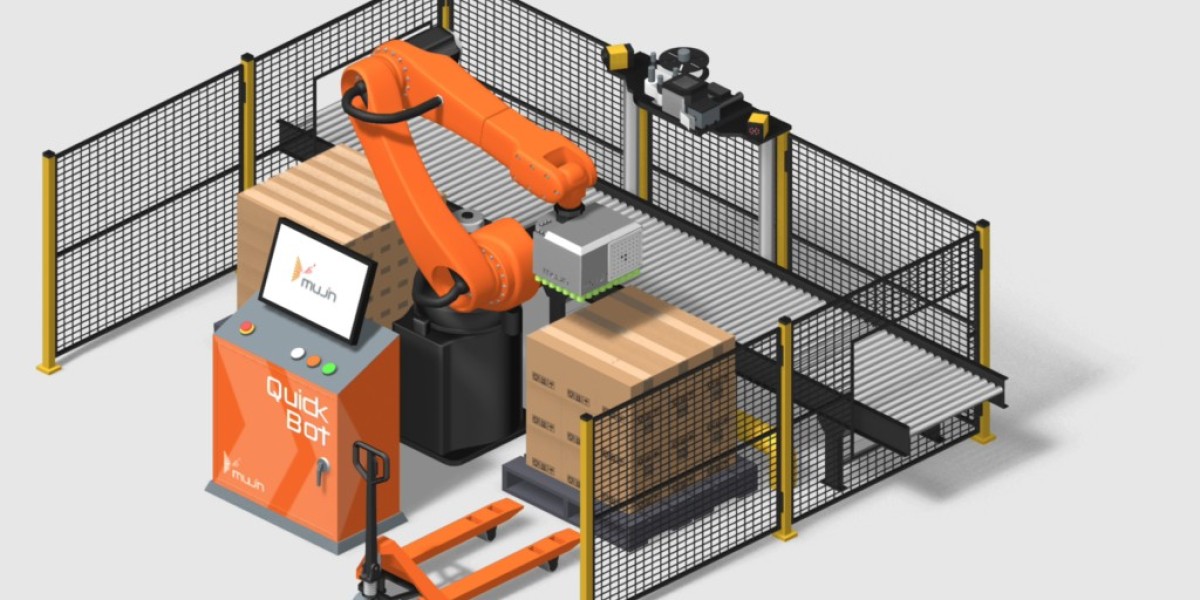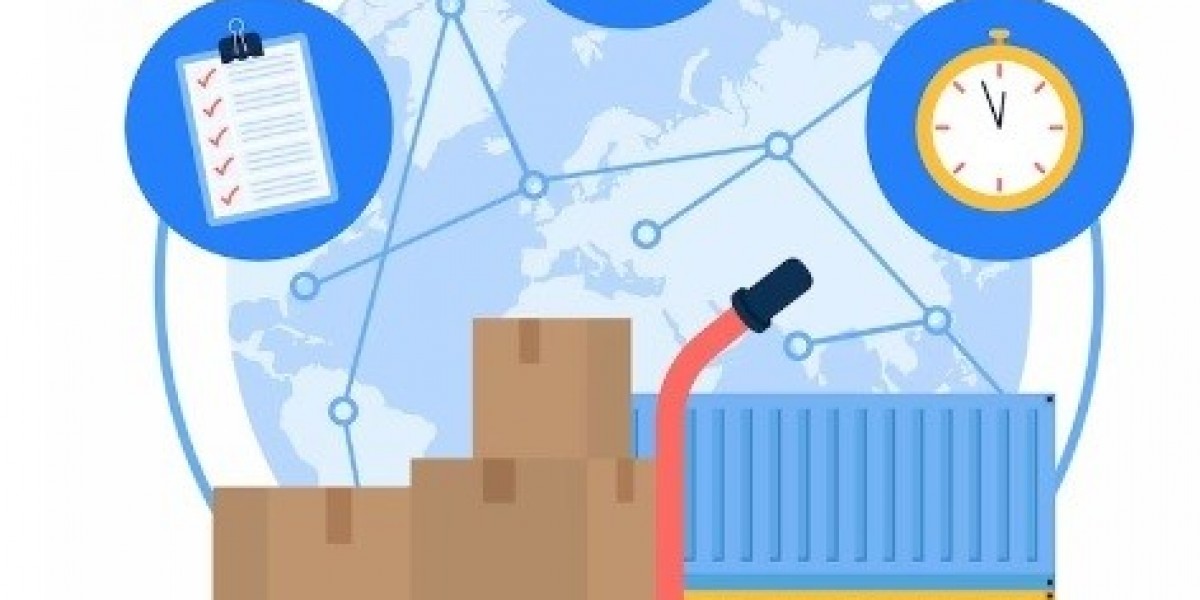Quick Bot: Your Smart Assistant
In today’s fast-paced world, users expect immediate responses and assistance. Quick Bots are designed to provide rapid answers and solutions, making them invaluable tools for businesses, educators, and individuals. This content will explore the functionalities, benefits, and implementation of Quick Bots.
What is a Quick Bot?
A Quick Bot is an AI-driven chatbot designed to deliver prompt, relevant responses to user queries. It operates on natural language processing (NLP) technology, allowing it to understand and interpret user inputs effectively. Quick Bots can be deployed across various platforms, including websites, social media, and messaging apps.
Key Features
Instant Responses: Quick Bots are programmed to provide immediate answers to frequently asked questions, reducing wait times for users.
24/7 Availability: Unlike human agents, Quick Bots are available around the clock, ensuring users can receive assistance whenever needed.
User-Friendly Interface: With intuitive designs, Quick Bots facilitate easy interactions, making it simple for users to navigate through options.
Personalization: Advanced Quick Bots can tailor responses based on user behavior and preferences, creating a more personalized experience.
Multilingual Support: Many Quick Bots can communicate in multiple languages, broadening their accessibility to diverse user groups.
Integration Capabilities: Quick Bots can be integrated with various applications and databases, allowing them to pull in relevant information in real time.
Benefits of Using Quick Bots
For Businesses
Cost Efficiency: Reducing the need for a large customer support team can significantly lower operational costs.
Enhanced Customer Satisfaction: Quick response times can improve user experiences, leading to higher satisfaction rates.
Scalability: Quick Bots can handle multiple inquiries simultaneously, making them scalable solutions during peak times.
For Users
Convenience: Users can get answers quickly without the need to navigate complex websites or wait for email responses.
Consistency: Quick Bots provide consistent answers, ensuring all users receive the same quality of service.
Implementing a Quick Bot
Step 1: Define Objectives
Before developing a Quick Bot, businesses should clearly outline its purpose. Is it for customer support, lead generation, or educational purposes? Defining objectives will guide the development process.
Step 2: Choose the Right Platform
Selecting the appropriate platform for deployment is crucial. Quick Bots can be integrated into websites, mobile apps, or social media channels, depending on where users are most active.
Step 3: Design Conversational Flows
Creating effective conversational flows is essential for a Quick Bot’s success. This involves anticipating user questions and designing responses that guide users toward solutions efficiently.
Step 4: Train the Bot
Training the Quick Bot using real user data enhances its ability to understand and respond accurately. Continuous training ensures the bot remains up to date with new information and trends.
Step 5: Monitor and Improve
After deployment, monitoring interactions and user feedback is vital for ongoing improvement. Analyzing performance metrics can help identify areas for enhancement, ensuring the Quick Bot evolves with user needs.
Conclusion
Quick Bots represent a significant advancement in how businesses and individuals interact with technology. By providing instant, reliable responses, they streamline processes and improve user experiences. As technology continues to evolve, the capabilities of Quick Bots will expand, making them even more integral to our daily lives.









